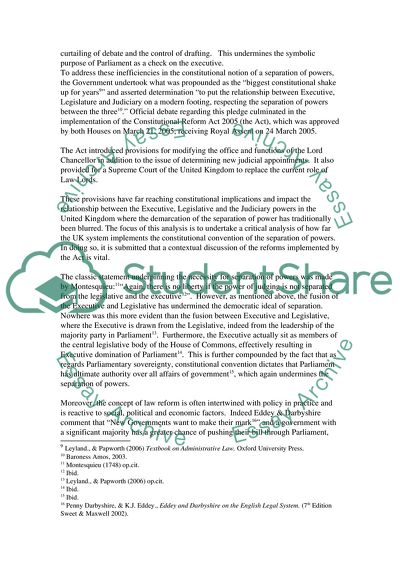Cite this document
(“How, and in how far does the current United Kingdom constitutional Essay”, n.d.)
How, and in how far does the current United Kingdom constitutional Essay. Retrieved from https://studentshare.org/miscellaneous/1552569-how-and-in-how-far-does-the-current-united-kingdom-constitutional-system-demonstrate-the-operation-of-the-doctrine-of-the-separation-of-powers
How, and in how far does the current United Kingdom constitutional Essay. Retrieved from https://studentshare.org/miscellaneous/1552569-how-and-in-how-far-does-the-current-united-kingdom-constitutional-system-demonstrate-the-operation-of-the-doctrine-of-the-separation-of-powers
(How, and in How Far Does the Current United Kingdom Constitutional Essay)
How, and in How Far Does the Current United Kingdom Constitutional Essay. https://studentshare.org/miscellaneous/1552569-how-and-in-how-far-does-the-current-united-kingdom-constitutional-system-demonstrate-the-operation-of-the-doctrine-of-the-separation-of-powers.
How, and in How Far Does the Current United Kingdom Constitutional Essay. https://studentshare.org/miscellaneous/1552569-how-and-in-how-far-does-the-current-united-kingdom-constitutional-system-demonstrate-the-operation-of-the-doctrine-of-the-separation-of-powers.
“How, and in How Far Does the Current United Kingdom Constitutional Essay”, n.d. https://studentshare.org/miscellaneous/1552569-how-and-in-how-far-does-the-current-united-kingdom-constitutional-system-demonstrate-the-operation-of-the-doctrine-of-the-separation-of-powers.


